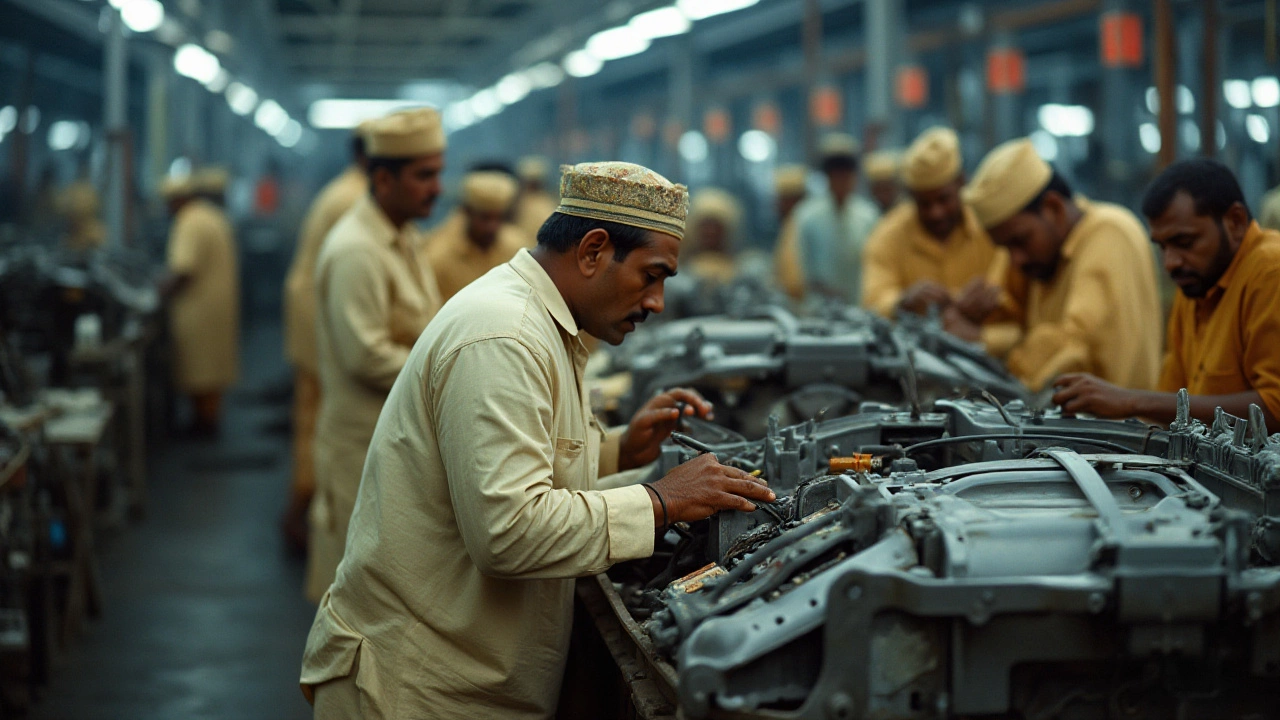Ford Closure Explained: What It Means for Indian Manufacturing
If you saw headlines about Ford pulling out of India, you probably wondered what’s really happening. The answer is simple: Ford shut down its two main plants because sales fell far below expectations and the cost of running the factories kept climbing. This move isn’t just a corporate decision; it ripples through suppliers, workers, and even the local economy.
Why Ford Said Goodbye to Its Indian Plants
Ford’s Indian operations never hit the volume it needed to stay profitable. The company sold fewer cars each year while competitors poured money into new models and local sourcing. Add to that a weak rupee, high import duties on parts, and rising labor costs, and the profit margin vanished. In short, the numbers didn’t add up, so the company chose to cut its losses.
Real‑World Effects on the Supply Chain and Jobs
When a big auto maker closes a plant, the impact spreads fast. Hundreds of direct employees lose their jobs overnight, and countless more at parts vendors feel the squeeze. Small firms that supplied tires, paint, or electrical components suddenly lose a steady buyer and must scramble for new contracts. Some suppliers manage to shift to other car makers, but many shrink or shut down entirely.
For the local communities around the plants, the loss means less spending power. Shops, restaurants, and transport services that relied on factory workers see fewer customers. The government also feels the hit through lower tax revenue and higher unemployment benefits.
On the bright side, the empty factories free up large industrial spaces. If another company steps in—maybe a electric‑vehicle startup or a component maker—the region could see a fresh wave of jobs. The key is how quickly the ecosystem can adapt and attract new investors.
For other auto manufacturers, Ford’s exit is a warning sign. It highlights the need to localize parts, keep costs tight, and understand Indian consumer preferences. Brands that invest in affordable, fuel‑efficient models and partner with local suppliers are better positioned to survive.
In summary, the Ford closure is more than a headline. It shows how market demand, cost structure, and supply‑chain dynamics interact in India’s car industry. Workers, suppliers, and policymakers all have a role in turning this setback into an opportunity for a more resilient manufacturing base.
Ford's Strategic Shift and Its Impact on India's Automotive Sector
Ford Motor Company's decision to cease vehicle manufacturing in India has sparked significant discussion in the automotive industry. This move, part of a larger global restructuring strategy, affects Ford's production plants in Tamil Nadu and Gujarat. The decision is a response to sustained losses and lackluster sales in a competitive market. This article explores the implications of Ford's exit for the broader Indian automotive landscape, examining potential impacts on employment, local production, and consumer choices.
Read More